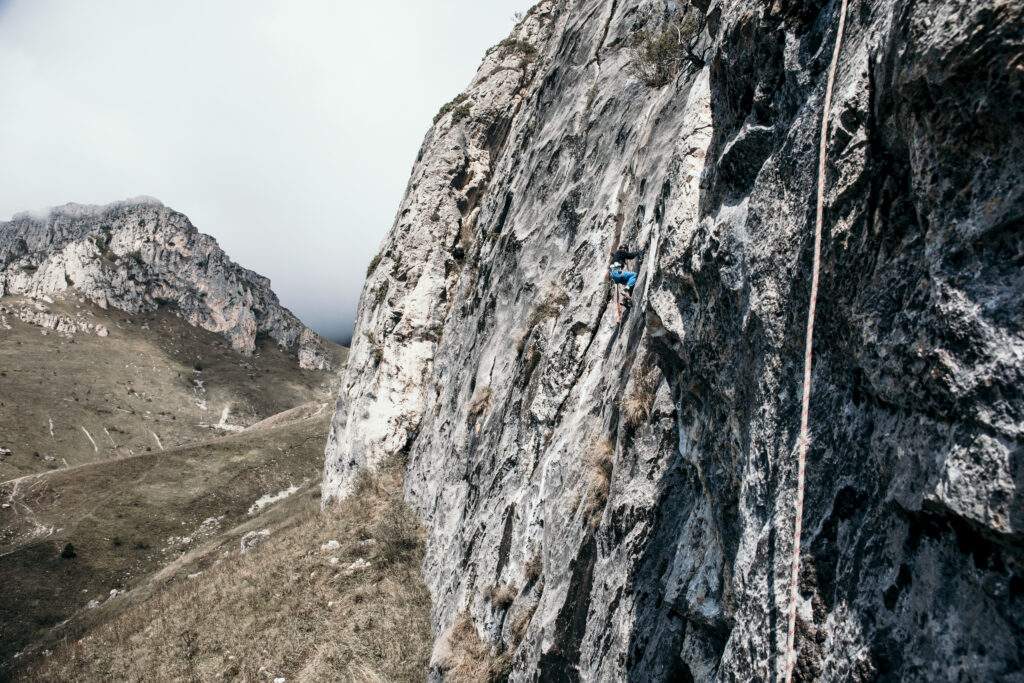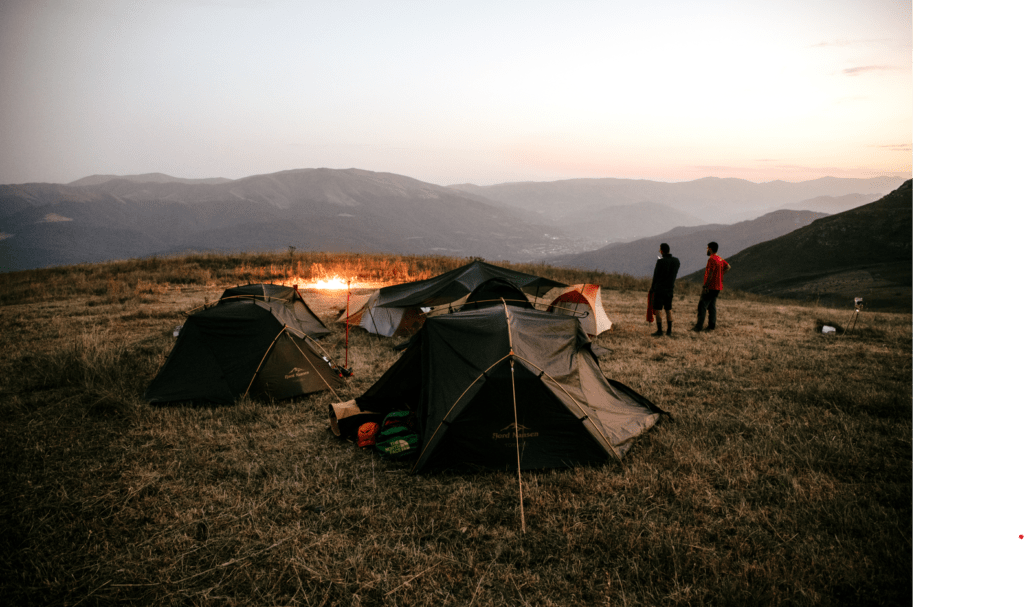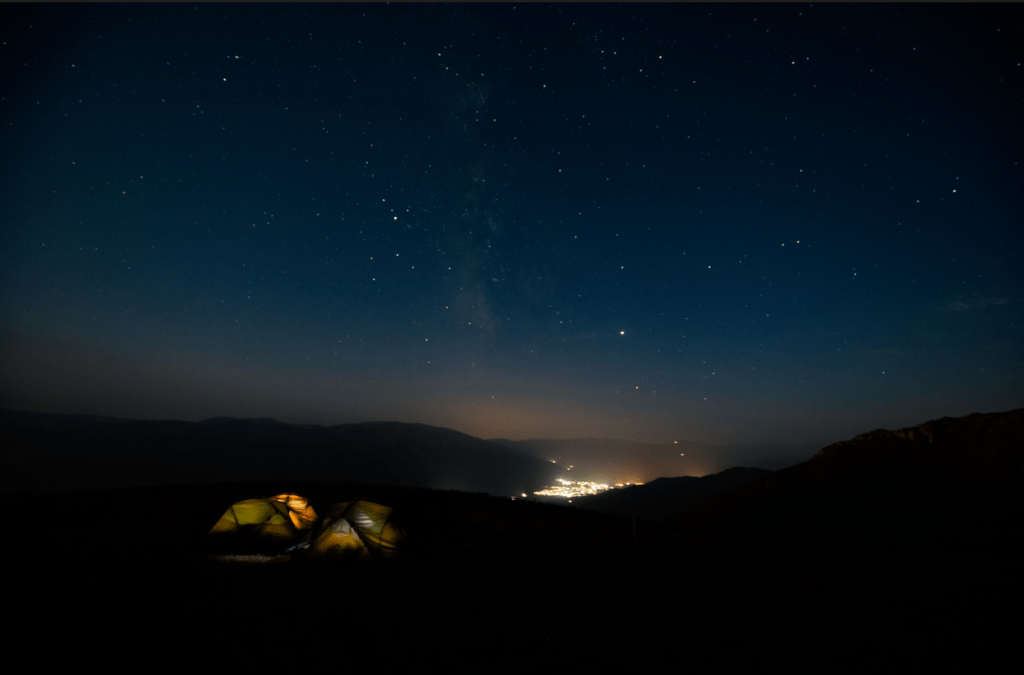Backstory
Armenia. When I first mention the name of my ancestral homeland, I’m usually met with “India?” or “Albania?” or a silent nod that gives me the impression they’ve never heard of the place. I don’t blame you, it’s a small country in the Lesser Caucasus Mountain Range at the crossroads of Asia and Europe. I won’t recount the thousands of years of history of the Armenians but in short, they are the first Christian nation and have endured the rise and fall of multiple empires, most recently the Ottomans and the Soviets. In 2017, I spent 6 months volunteering there for ecotourism projects and trail-building. Along with the countless ancient churches, I was so impressed by the amount and diversity of rock faces scattered across the whole country. Immediately, my mind turned to the potential of the country to be a renowned rock-climbing destination. There were less than 30 bolted routes at the time and the community consisted of just as many motivated locals. This felt like my calling, my opportunity to connect with my culture through my passion. Luckily, I met an inspirational hiker from the UK by the name of Val. He was someone who wasn't afraid to take risks and put ideas into action and he saw the same potential that I did.

Photo Credit: Aleksandra Wierzbowska
The Idea
"The journey of a thousand miles begins with a single step." - Lao Tzu
At the beginning of 2019, Val reached out to me and said he was putting together a team to develop climbing routes in the striking cliffs above Dilijan in Armenia. Without hesitation, I told him I was in. The mission was to contribute to development of the sport in Armenia and to have fun doing it. Months of planning ensued with regular skype meetings bringing together our team made up of Val and Florence from the UK, Peter an Italian living in the UK, Kim and Graham - two sponsored crushers from Canada, me from Australia and Jan and Aleksandra - two photographers from Poland. Over lengthy conversations and using a shared google drive, we sorted out the travel itinerary, grant applications, sponsorships, equipment, permissions, finances, accommodation, transport and our goals.
Arrival
In August 2019, I touched down in Yerevan, Armenia with lots of climbing gear, expansion bolts and excitement. The customs officers’ stern faces switched to awe when I mentioned the word ‘alpinism’ and they promptly let me through. I welcomed the other team members as their flights trickled in. Flo and I had arrived earlier than the rest, so we paid a visit to the open-air version of a ‘Bunnings Warehouse’ to haggle for bits and pieces of equipment. The local tradies were surprised to see a pale British girl interested in shovels, handsaws and wire brushes. We chuckled about it and headed back to the hostel with everything needed to establish base camp.
The Start
Departure day arrived and we crammed all our gear into the van, barely managing to leave room for the humans. After a smooth 1.5-hour drive to Dilijan, we were met by our hosts with the usual warm hospitality of the Armenians. They poured some strong coffee into small, decorated cups and offered a few sweets to accompany it. Over the next days the group split into two. Peter and Val, went to scout the targeted cliff areas. I lead the rest of the group to Haghartsin Monastery, isolated in the hills above the town. We were welcomed by the priest who showed us where we could set up our tents. There was a warm feeling in the air that night. A local youth group had ventured up there for an excursion. As the sun began to set around the walls of the 13th century monastery, they gathered to sing Armenian folk songs about the beautiful mountains we were surrounded by. The next days, Flo, Aleksandra, Jan and I hiked through meadows and skirted grassy hills. We went at a calm pace, shared coffee with local farmers and battled through hogweed and rosehip bushes until our destination.
The Mission
The team regrouped in Dilijan and debriefed the scouting mission to decide where to set up our base camp for bolting. We gathered our equipment and food for a week, mainly flatbread, smoked cheese, fatty salami and the largest bag of pasta I’d ever seen for an uncomfortably cheap price. Sure enough, the pasta resembled glue after it was boiled. Two soviet-made UAZ-469s, with exhaust fumes seemingly being directed inside the cabin, got us up the rocky path to the cliff lines. We set up the base camp on an exposed flat atop one of the main cliffs and dug a latrine half a km away. The views were stunning, especially with regular cloud inversion, but the wind tested us on a few nights. The Canadians, Kim and Graham, joined us at base camp soon after and with one person minding camp, the rest of us would venture out to choose lines to bolt. To explore the monstrous cliff beneath our base camp, we found natural gullies at the top, then set up trad anchors to abseil down, redirecting the rope with additional anchors when required. At one point, I abseiled down and paused in thin air to take in a waterfall flowing beside me and at least 300m of air beneath me. Of course, we couldn’t equip these towering steep smooth walls, so I retreated upwards. We found success elsewhere, putting up 23 routes in total in three areas: the Empress Slabs, Shady Water Gully and the Nest.

Photo Credit: Jan Kedzia
The Bolting Process
Once we found a climbing line on the rock that was worth bolting, the process was relatively easy as we could typically access the top by walking. The steps involved setting up a trad anchor from above to install two anchor bolts at the top of the climb. Then I’d clip into the new anchor and abseil down to inspect the line and simulate the climbing on a top rope solo set up, marking where I wanted to place bolts as I went up. I cleared any loose rock, trundled some larger rock with a crowbar, cleaned the cracks with a nut tool and brushed the surface with a wire brush (sigh! so much brushing). To place bolts, I’d check the rock was solid with taps of a hammer and ensure the point was flat so the fixed hanger could have maximum surface contact. Then I’d use a 36V Bosch hammer drill with a carbide drill bit to make a hole in the limestone. Reverse the drill action outwards, use a pipe cleaner and blowing pipe to remove as much dust as possible from inside the hole. I’d hammer in the double cuffed 86mm length x 10mm diameter stainless steel expansion bolt in with the fixed hanger and lock nut on, until the hanger lay steady against the rock. I’d adjust the hanger position and tighten the nut with a wrench until I felt the expansion bolt grab. Note that the hanger and the bolt should be made from the same material to avoid accelerated corrosion. Since the rock was a strong form of limestone, no glue was needed (which is a must in sandstone). Without glue, these bolts were ready for use immediately.

Photo Credit: Aleksandra Wierzbowska
The Crazy Stories
Every night we’d lay our heads down inside our tents after a long day and fall asleep without delay. On one night, nearby stirring and exclamations from Peter woke me up. A cow had infiltrated the base camp and was taking out guy lines. I popped my head out to see Peter doing what he could to get the cow away. Seemed like he had it under control so I retreated back inside my tent. The next morning, we were greeted by a whole lot more cows around our camp looking for the tastiest grass, as the farmers moved them across the hills.
Another day of hard work concluded, and we were looking forward to another serve of gluey pasta with veggies to fill our hungry bellies. I was helping with prep when I heard an unusual questioning sigh of worry come from Val, who’s a staunchly calm character. I turned to see the aluminium stove that screws directly onto to the refillable 2kg gas bottle, on fire and not in the controlled manner it was supposed to be. We looked at each other searching for ideas. I thought to wet a towel and wrap it around my hand so I could close the gas valve without getting burned. But my courage didn’t take me far. Instead, I threw a large empty pot over the flame to create a barrier between us and the impending doom. We looked at each other again but this time out of ideas. In a panic, Val eventually kicked the gas bottle to force it down the hill and away from the base camp. It came to a stop on the dirt road 20m away before the valve regulator melted, creating a temporary flamethrower before it fizzled out. No harm done in the end. I did return the charred bottle and stove to the hardware store that sold it to us to show them what had befallen us. The shopkeeper shrugged and said maybe we didn’t screw the stove on properly.

Photo Credit: Aleksandra Wierzbowska
The Challenges
- Having to use power drills in a remote environment meant that we either needed heaps of expensive batteries or had to send someone back to town to recharge our batteries.
- Food needed to be resupplied regularly and it was difficult to keep fresh during hot spells.
- I was the only team member that could speak Armenian, so the burden of communication typically rested on me and was taxing at times.
- Dealing with locals could be difficult with significant cultural differences and language barriers. It’s important to set boundaries and stick by them, even if you feel vulnerable, e.g. when being offered food/drink or anything else.
- Team dynamics was challenging, especially as we hadn’t met each other until this expedition. It was important to understand our differences and to respect each other’s space and decisions. There was some conflict after the expedition ended and the short film that was meant to be produced, was not. Having a clear understanding of any financial, business or legal interests amongst the whole team and managing expectations early is really important to avoid conflict.
The People
During an expedition or adventure, we meet people along the way that become part of the story. Differences between people is what challenge us and help us grow, whether that be different values, upbringing, culture, perspectives, economic status, opportunities, education or goals. I built relationships with the other team members based on a shared vision, but at times I was challenged by our many differences. Nevertheless, I am very grateful for all the people that helped bring the expedition to life, including the team, friends and family that supported us, sponsors and UNSWOC. Then there’s everyone else, including the group of female German hikers that shared watermelon with us, the countless farmers that had a yarn or a coffee with us, the Armenian drivers who smoked their way through the journeys, the welcoming hosts and the plain clothed park rangers coming up for a casual inspection and barbecue.
More Information and Guidebook
https://www.projectarmenia.co.uk/guide

Photo Credit: Jan Kedzia



